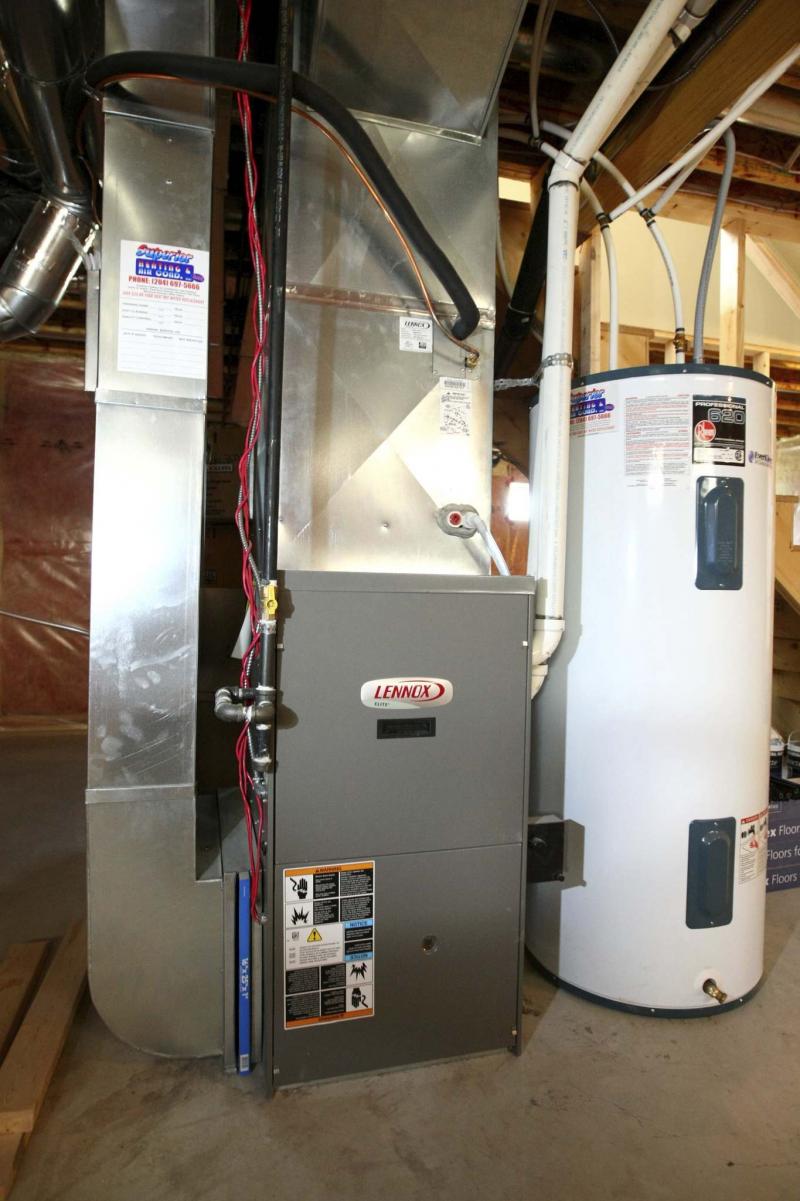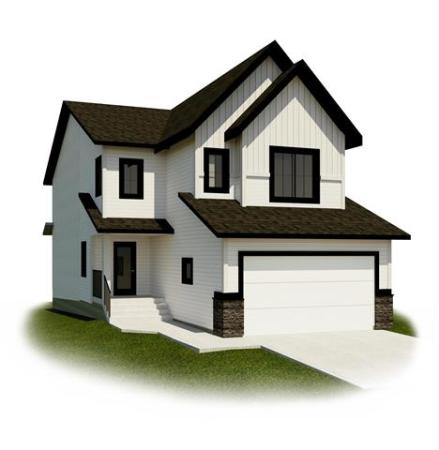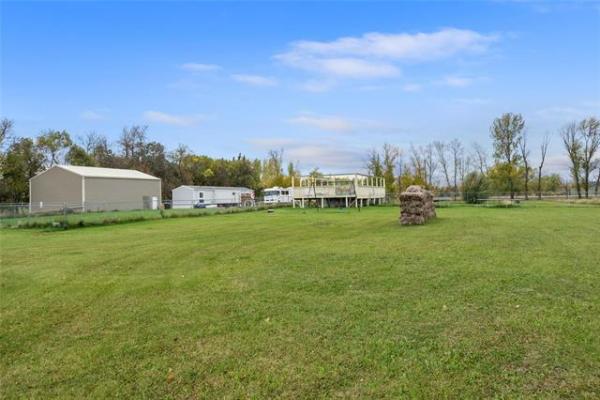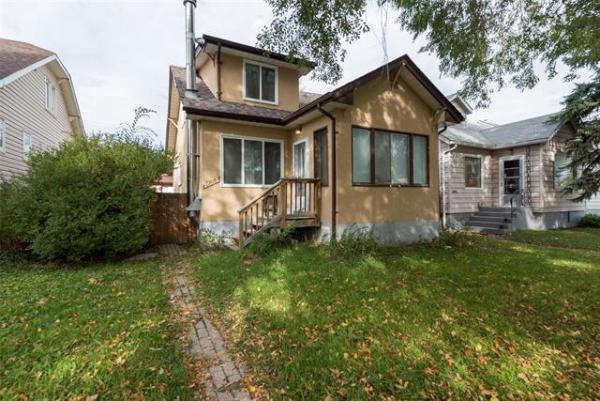
TREVOR HAGAN / WINNIPEG FREE PRESS FILES
The vents of high-efficiency furnaces such as this one should not be blocked.
Question: I’m hoping you can help me figure out if it’s safe to plant vegetation in front of new intake and exhaust high-efficiency furnace vents. I would rather not put any potential obstructions near the vents, terminating through the side wall, following the installation of my new furnace in my townhouse, but my condo board has other ideas. They don’t feel it’s right that vents will be visible to a neighbour and have asked me to plant a bush in front of the vents to conceal them from my neighbour’s view. I’m wondering if there are any restrictions regarding proper clearance around the furnace vents, to avoid potential problems down the road and protect the plants?
Thanks so much for your feedback and advice,
— Joan Joffe, Calgary, Alta.
Answer: There are specific requirements and clearances for vents from any type of heating equipment in our homes and consulting the licensed gasfitter that installed your furnace will determine what is allowed.
Regardless of that advice, common sense dictates that you are right and the condominium board should think before making unreasonable and potentially dangerous requests of their fellow homeowners.
I have heard numerous stories about requests, demands, rules, restrictions and limitations imposed on normal homeowners in condominiums by their board of directors.
Too often, these groups are chosen from completely untrained and misinformed owners who are relied upon to make important decisions about their buildings.
They often forget that they are supposed to be working for the best interest of all their neighbours and make rules that are based on personal bias or other self-serving interests.
To make matters worse, a large number of these individuals have no specific education or business experience relating to the buildings they are making decisions about.
Unfortunately, dealing with your group can be frustrating for condo owners such as you, but one course of action should be followed in any dispute.
Consulting outside individuals with specific expertise, no matter what the issue, should be done when you disagree with a request or ruling from your condo board. This may range from a licensed tradesperson to a lawyer. Much of this information may also be available from your local municipality or building officials. In your case, it is even more straightforward. Asking the technician or contractor that installed your new high-efficiency furnace for clearance requirements should solve the problem. I am sure that the unit was installed with proper egress to your neighbour’s property, as well as proper clearance from windows, doors and any other fresh-air intake ducts on the property. These specifications should be well known by an experienced gasfitter and identified by the utility or municipal building inspector if something needs to be altered after installation.
As far as the cosmetic issue of the board is concerned, having one or two small, white pipes protruding through the foundation or wall should not be too injurious to the esthetics of most buildings.
Personally, I would have told them to take a hike unless they could show that the new vent/intake pipes were unusually unsightly. Certainly, this will be an issue for other neighbours when they have to upgrade their furnaces.
My real concern with this unreasonable demand is twofold, and common sense should tell any reasonable person why their idea is a bad one.
First, one of the PVC pipes exiting your home is to draw combustion air directly into the furnace for proper operation. This may be part of a combined vent hood, but is typically a simple round pipe, often with an elbow on the end. The purpose of this intake is to ensure that the proper amount of fresh air is available to the furnace to properly burn the natural gas efficiently and safely. If this duct gets blocked, plugged or closed by any means, the furnace will not work. The sensors in the furnace will not allow the gas valve to open and you will not have heat. This most often occurs from debris being sucked into the opening, which will be considerably more likely if any plants are stupidly placed in the vicinity of the pipe. The possibility of blockage will also be greatly increased by my next point, as well.
The exhaust from a modern high-efficiency natural gas furnace contains some products of combustion, but is primarily water vapour. Because these furnaces are so good at maximizing the energy output from the fuel source, there is little waste other than H2O. That is why we are allowed to locate the vent so close to the ground, as compared with older, inefficient furnace vents terminating above the roof line. There is little chance of people inhaling significant amounts of dangerous exhaust gasses before they are diluted in the surrounding air. While this makes venting safer, it does create another issue.
Because furnaces are primarily used in cold weather, often well below freezing, there is a high likelihood of condensation when the wet exhaust leaves the vent pipe. Often, this is seen by water dripping from the end of the pipe or an icicle hanging from the pipe, or on the frozen ground below. As long as the ice does not block the vent or intake, it should be of little concern, but not if there is anything near the end of the vent pipe. If plants, fencing, walls or other materials are close by, the water vapour in the exhaust will instantly condense as soon as it hits that cold surface.
In very cold weather, that moisture will quickly freeze, leaving a potentially frozen obstruction for the vent and intake pipes. Again, common sense should dictate that nothing be placed in front of or near these items for fear of blockage.
Clearances for intake and exhaust pipes for high-efficiency furnaces are undoubtedly spelled out in the manufacturers specifications, as well as the codes, and an email or letter from your HVAC contractor about this issue should quell the stupid request from your condo board to hide these with plants.
Simple logic would also tell us that blocking something as critical to the safe operation of your furnace as these pipes— especially for simple esthetic reasons— should be avoided.
Ari Marantz is the owner of Trained Eye Home Inspection Ltd. and the past president of the Canadian Association of Home & Property Inspectors — Manitoba (cahpi.mb.ca). Questions can be emailed to the address below. Ari can be reached at 204-291-5358 or check out his website at trainedeye.ca.
trainedeye@iname.com



